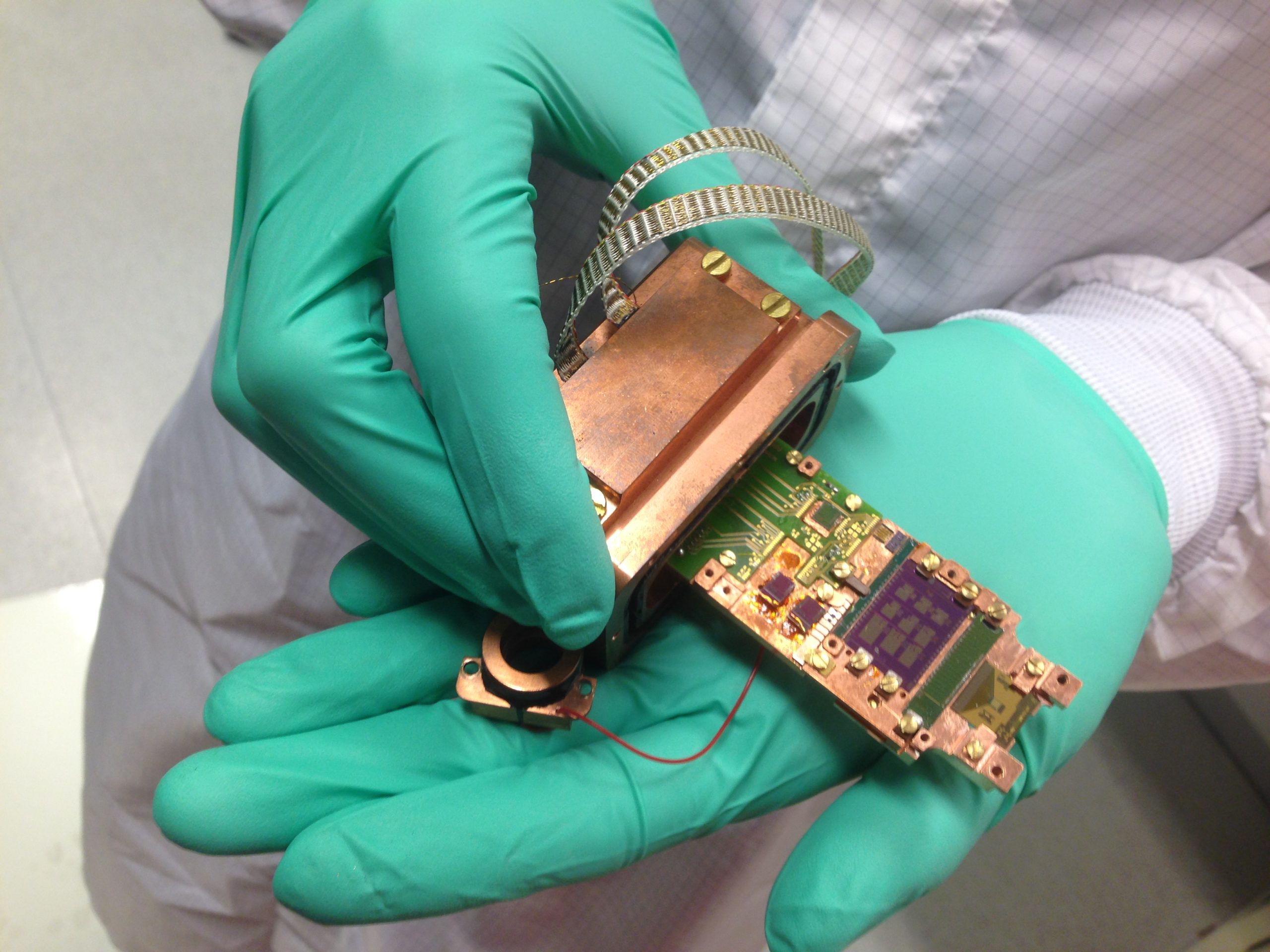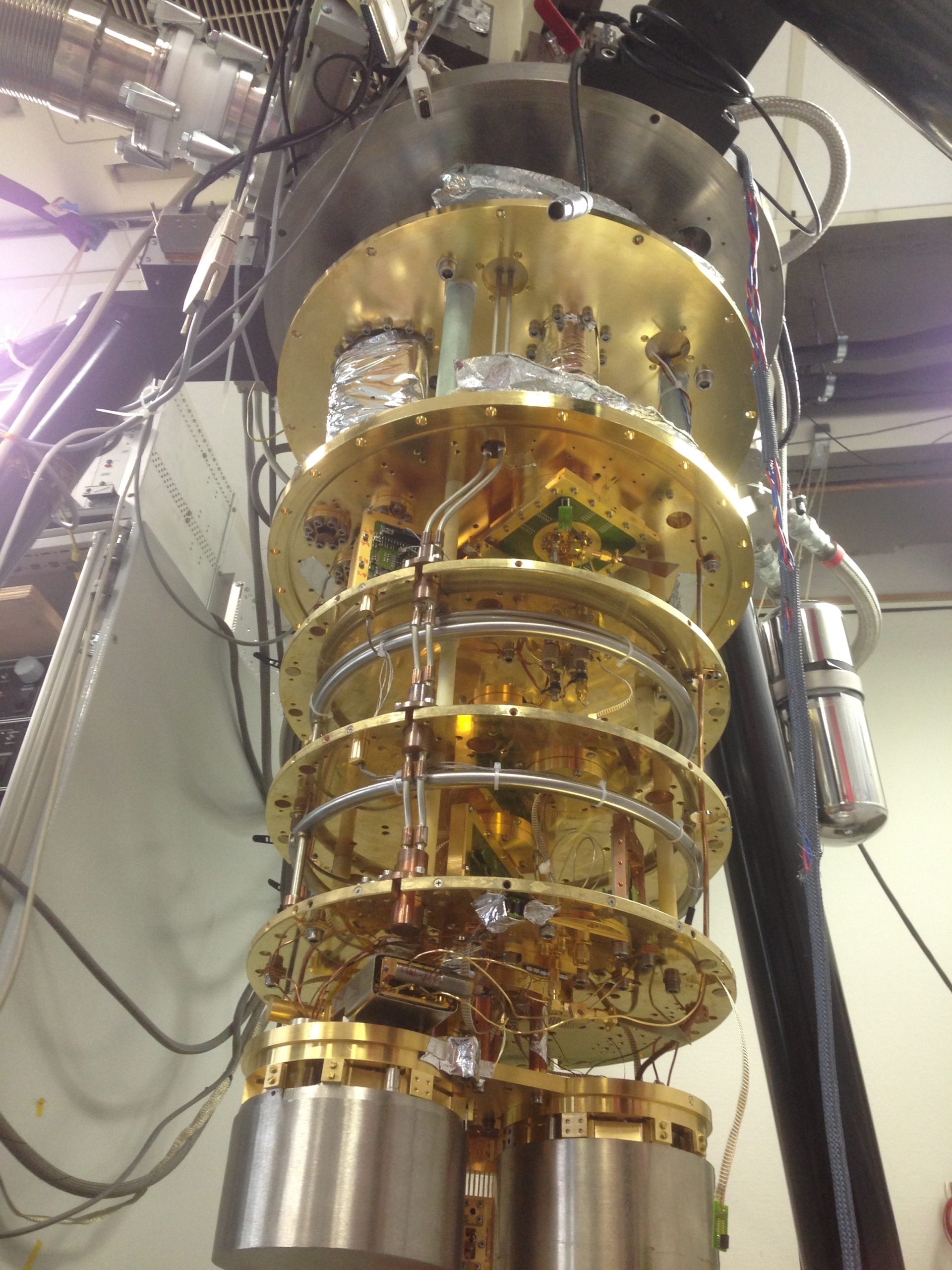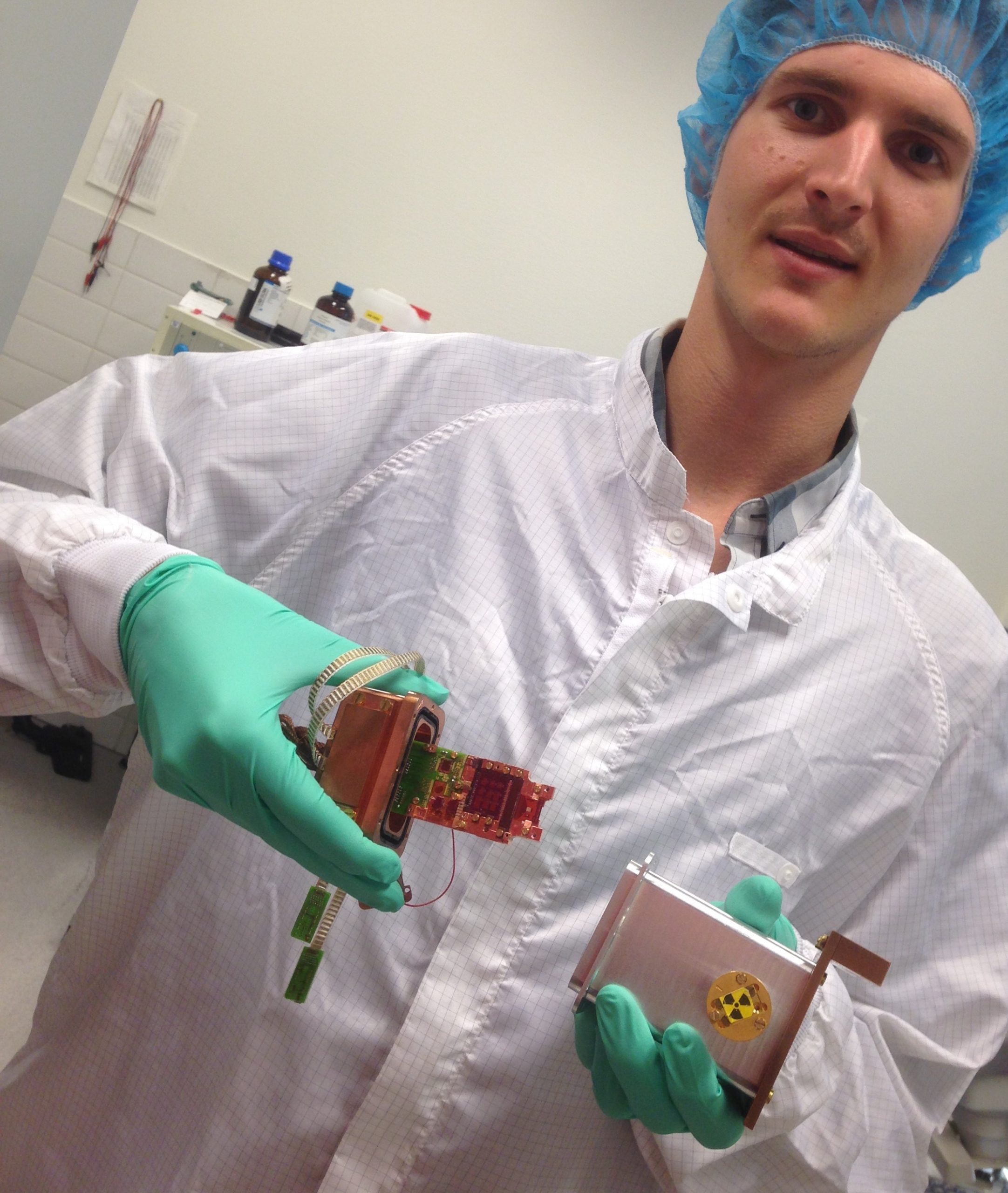
SRON is one of the leading institutes in the development of the X-ray Integral Field Unit (X-IFU) for X-ray space telescope ATHENA, to be launched in 2028. X-IFU will be a 2-D imaging camera annex spectrograph that is cooled to sub-Kelvin level. The spectrograph will be able to produce a spectrum for each pixel of the captured image and derive the characteristics of gas as hot as 10 million degrees Kelvin.

Crucial to this set-up are TES-detectors and their read-out. TES detectors are super sensitive in showing very slight temperature changes when photons are absorbed in the connected absorber. The change in temperature is a measure of the energy of the detected X-ray photon. The accurate energies of the X-ray light detected by Athena will give astronomers highly valued information about the quantity and type of gases that black holes blast into space, for example.

SRON is now testing TES detector arrays, as well as their readout electronics system. The testing takes place in a cryostat that cools the detector array down to a temperature under 1 Kelvin. An X-ray source is then shone upon the array.


